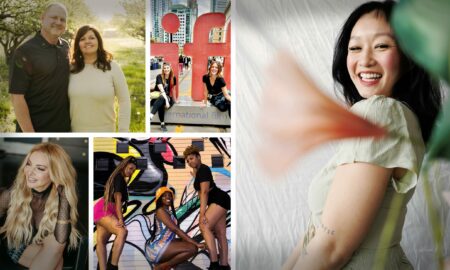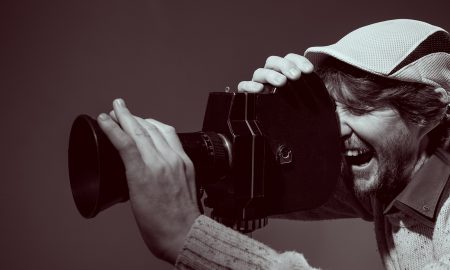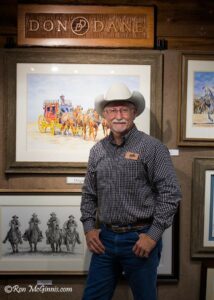 Today we’d like to introduce you to Don Dane.
Today we’d like to introduce you to Don Dane.
Hi Don, please kick things off for us with an introduction to yourself and your story.
Not unlike many other artists, I had the ability to draw from childhood. I had some art classes in high school and attended Johnson County Community College for more formal art classes.
I received an Assoc. Degree in design drafting from Linn Technical College in Linn, MO. During my years at LTC, I worked as an artist for the school paper and yearbook design.
Upon my graduation in 1976 I began working for United Telephone Co. (later to become Sprint) in Jefferson City, MO as a drafter/draftsman. In 1982, I was relocated to the Kansas City area.
More specifically, Gardner, KS with a promotion to the engineering department. I worked for Sprint for the next 26 years. I took early retirement from Sprint in 2002. As soon as I left the corporate world, I began my career as a full-time artist.
Upon my move to the Kansas City area in 1982, I began to visit many of the annual art shows in the metropolitan area. Until then, I had not been exposed to the opportunity these kinds of shows offered an artist. Such as selling artwork.
Until then I was dabbling with a little drawing just every now and then and not taking my artwork very seriously. These art shows made me realize that I could sell my art directly to the public. So, this was the beginning of my art career. After that, I scheduled most of my vacation time from work to doing art shows.
As I did more and more of these art shows I came to realize, from the public viewing my artwork, that I didn’t have a main theme or subject matter in my work. People would ask about many subjects I had not even thought of yet. Unfortunately, this drove me to work on too many different subjects. In the beginning, my medium was mostly pencil and occasionally pen & ink. I had not ventured into color yet.
I have always been drawn to more nostalgic or Americana subjects, such as old barns and historical landmarks and figures. The American west and the western way of life have always inspired me, but it wasn’t until I took a visit to the Western Heritage and Cowboy Hall of Fame in Oklahoma City that I got truly inspired. I became a diehard western art fan at that point and was determined to narrow down my subject matter to all American western subject matter after that.
I had an artist friend, Michael Swearngin, encouraging me to get into color. Michael painted these very large watercolor paintings of contemporary cowboys. I was curious to know where Michael got his inspiration and reference material for his paintings. He directed me to a local Rodeo school outside of Olathe, KS. It was at that point I found my main source for subjects to paint.
Michael and I would both go to this school for cowboys wanting to learn to ride rodeo bulls, bareback and saddle broncs. We would take photographs on site to use as our reference for future paintings and drawings. With Michael’s continued encouragement I began to graduate to watercolor too. Because of my realistic style of drawing and painting, which requires a lot of detail, each piece requires a lot of time to complete.
As the years passed, I looked for additional art shows associated with rodeos or horse shows, such as the American Royal Rodeo in Kansas City, MO. I began to branch out to other shows as well. I looked for special events, such as bluegrass festivals and cowboy music and poetry festivals. From these events, I got the opportunity to do artwork on festival posters from Pigeon Forge, TN to Silver Dollar City, Branson, MO, and many more.
These festivals introduced me to many cowboy poets and musicians who commissioned me to do the art for their CDs and book covers. Eventually, I would travel out of state to seek out shows all over the country. These shows also included high-end western fine art. Although I’ve quit doing most outdoor art shows, I am still actively painting and seeking out competitive fine art shows.
I am currently represented by Leawood Art Gallery, Leawood, KS. I work from my home studio in Greenwood, MO. Visitors are welcome by appointment.
Would you say it’s been a smooth road, and if not what are some of the biggest challenges you’ve faced along the way?
I have truly been blessed to have had the good fortune to have a very supportive wife! Being a full-time artist is not an easy road. There are many difficulties along the way. Most of which are financial.
When you are an artist representing yourself everything costs money. Beginning with your artist materials and supplies. Then there are framing costs, show/booth fees, transportation costs, shipping costs, hotel expenses, advertising costs, and last but not least 40-50% commission fees to most galleries that represent you.
The artist is the last to get paid for the work he or she creates! You really have to love this business to stay with it! If I didn’t I would have quit a long time ago!
Appreciate you sharing that. What else should we know about what you do?
I am a full-time working artist.
I create realistic 2D paintings in watercolor, oil, and pencil. Most of what I create is for sale to the public. Either by commission or through public art shows. My subject matter usually revolves around our American western heritage.
Both historically and in contemporary life. This would include American wildlife, cowboys, horses, and cattle. I would say these subjects set me apart from most artists in the Kansas City area. Mine is a very narrow market here in the midwest.
I am not an abstract artist! I like to think my artwork will in some way document a time in history. The history we can all reflect back on with a sense of pride or just a fond memory of someone or a place or time.
Is there any advice you’d like to share with our readers who might just be starting out?
During my time at art shows, I occasionally get the opportunity to talk directly to a young artists looking to get into the art field. What I tell them is, to get a good art education but if it’s in college, don’t major in art.
Look at getting a major in business/marketing and a minor in art. If you decide to major in art, then get a commercial art degree, not a fine art degree. It’s much easier to make the transition to fine art with commercial art experience than the other way around.
I wish I had more experience in commercial art! Most of my experience had to be earned the hard way… trial & error.
Contact Info:
- Website: www.dondane.com
- Instagram: @dondane7916
- Facebook: Don Dane Art
- Other: www.fineartamerica.com
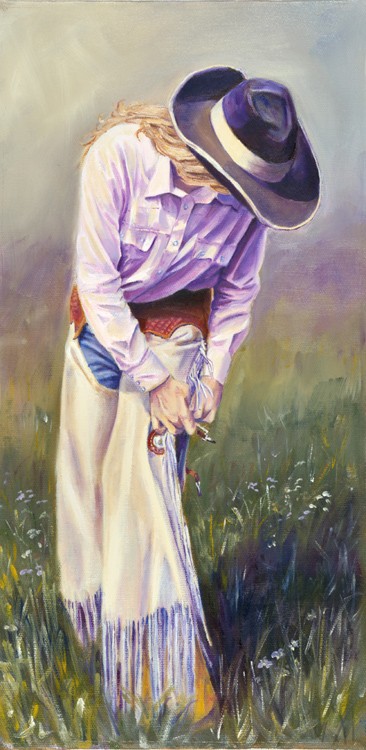
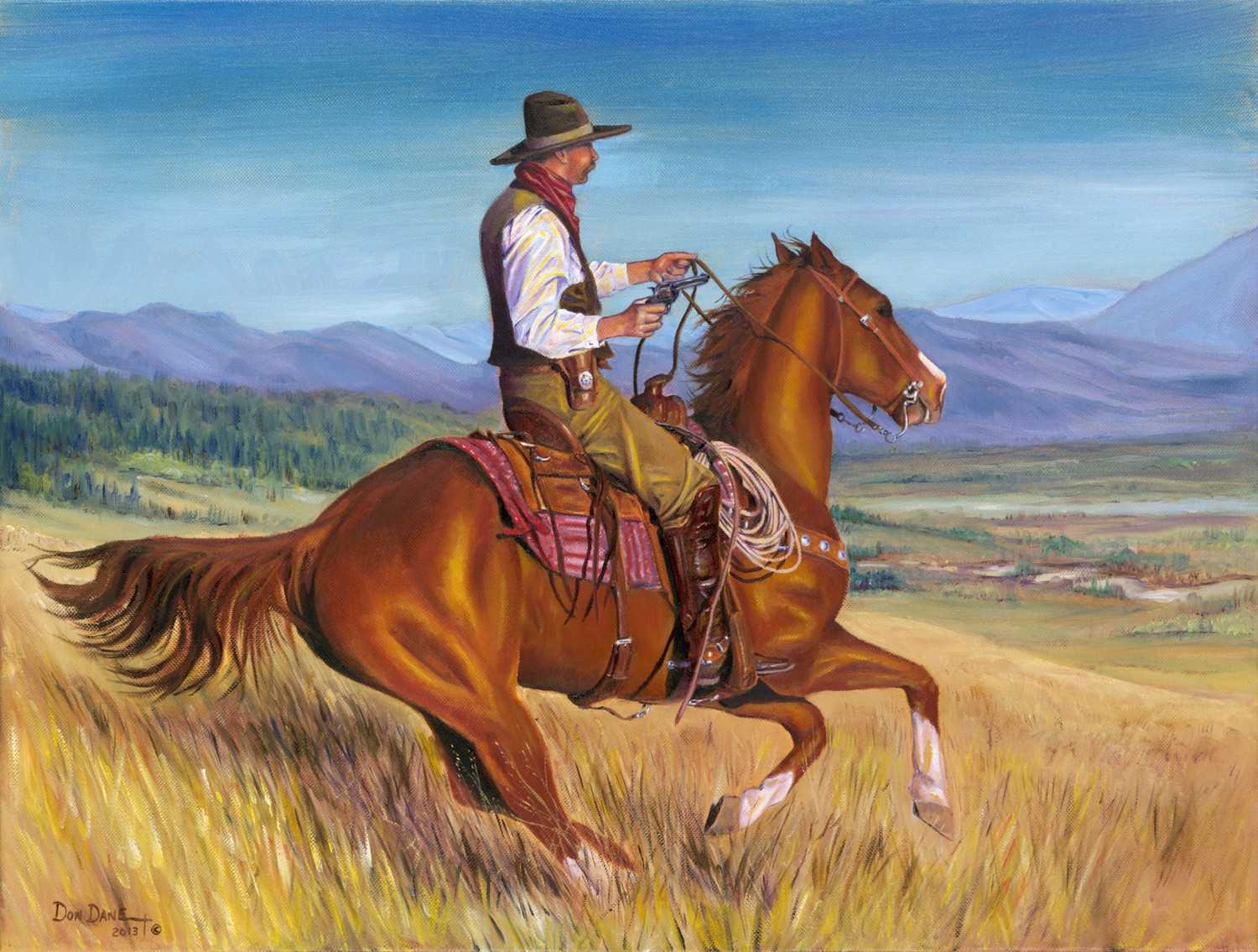
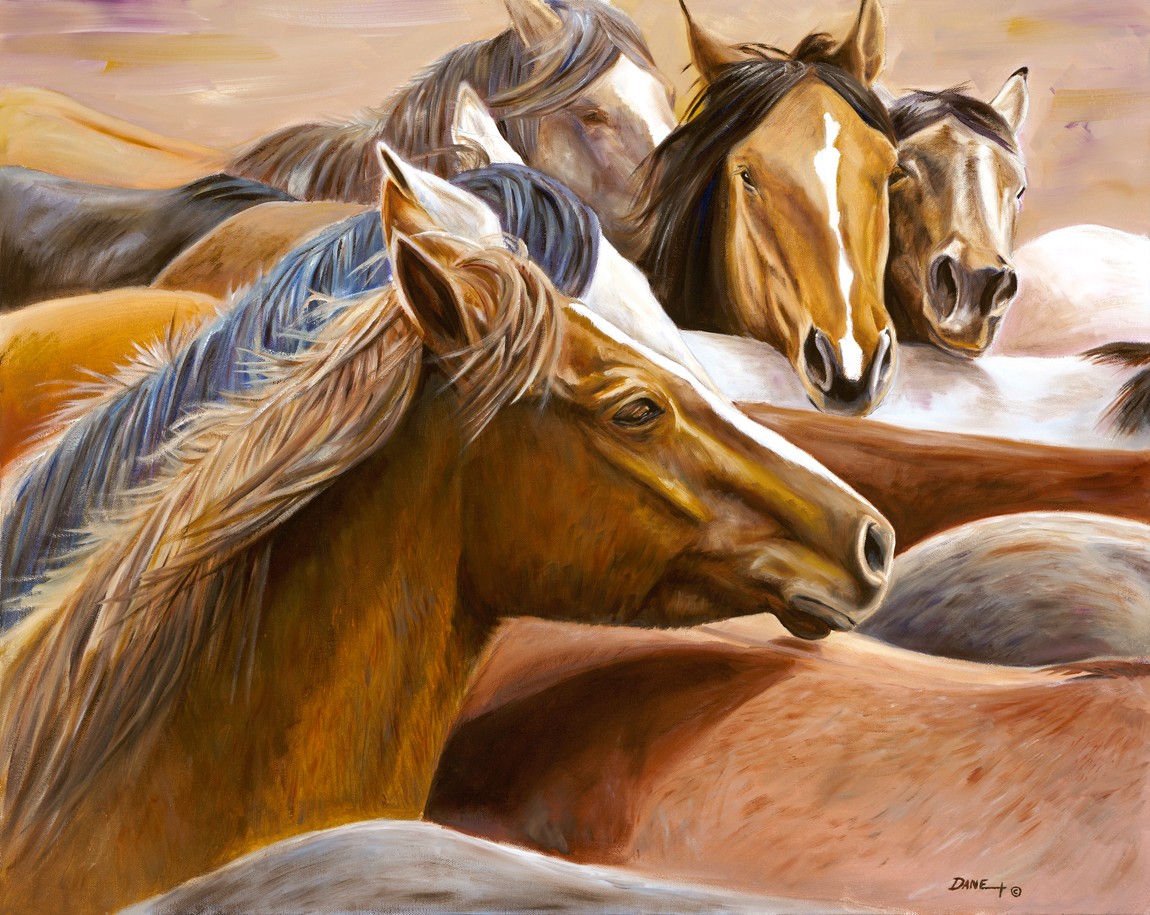
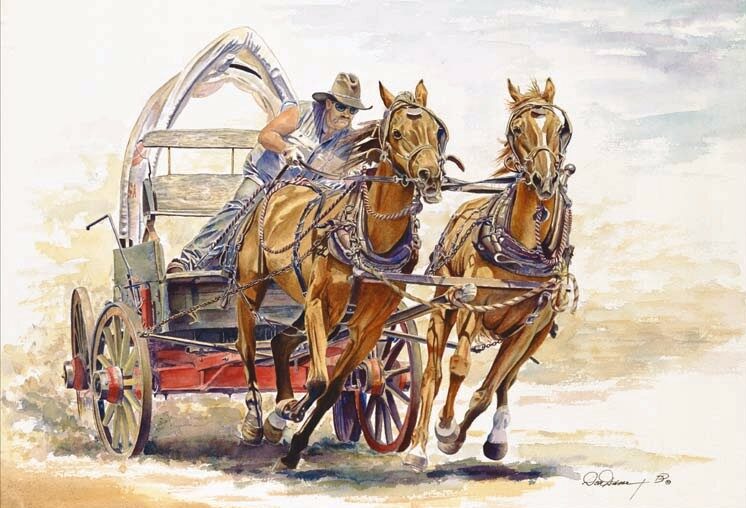
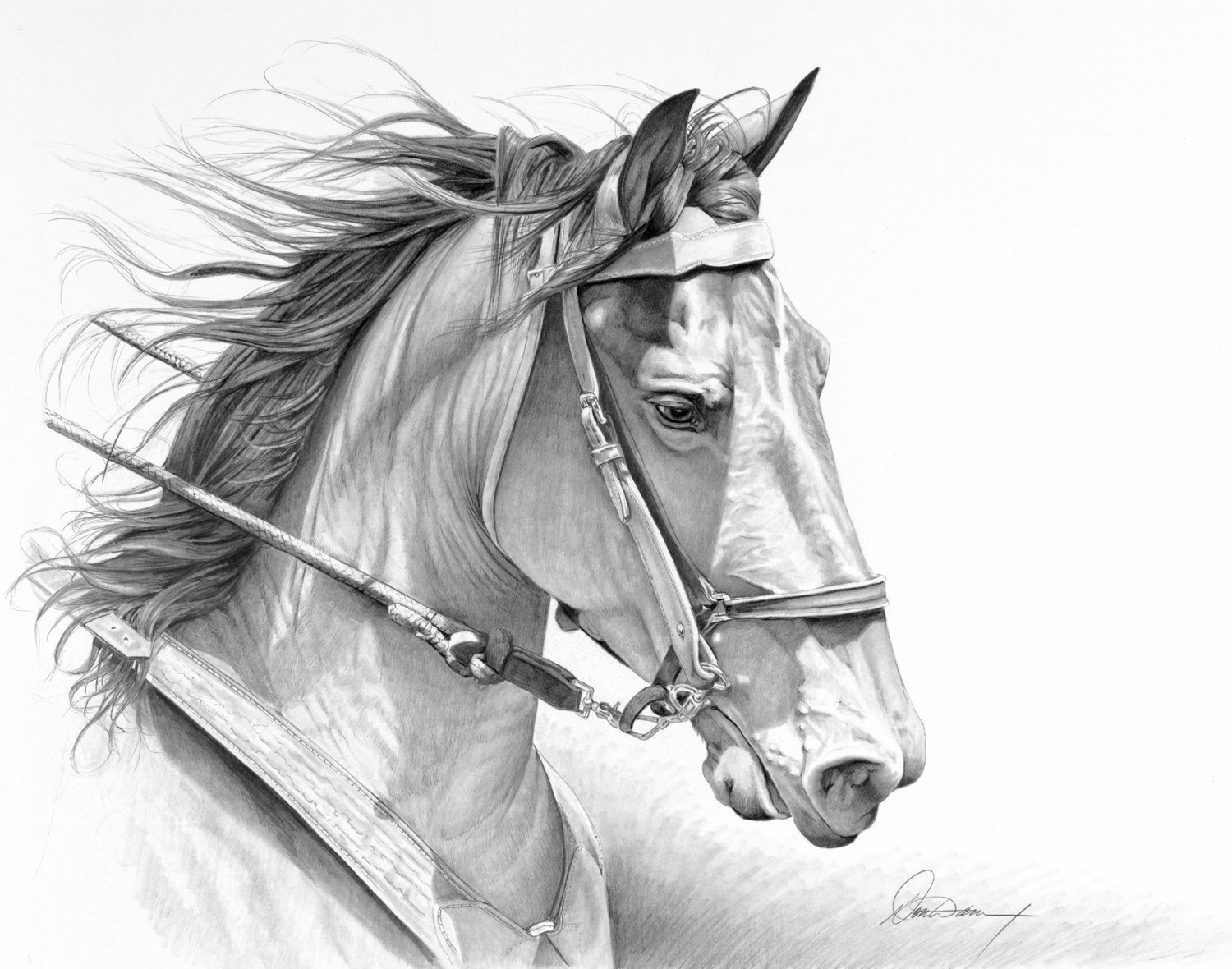
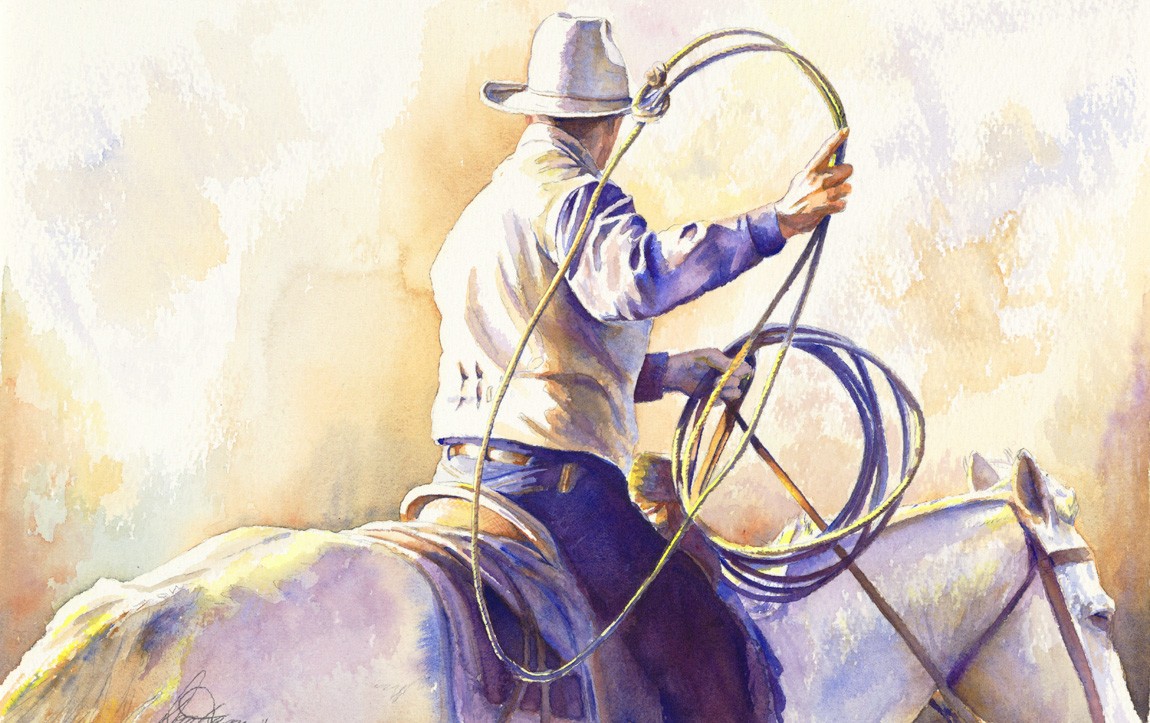 Image Credits
Image Credits
Headshot photographed by Ron Mcginnis

